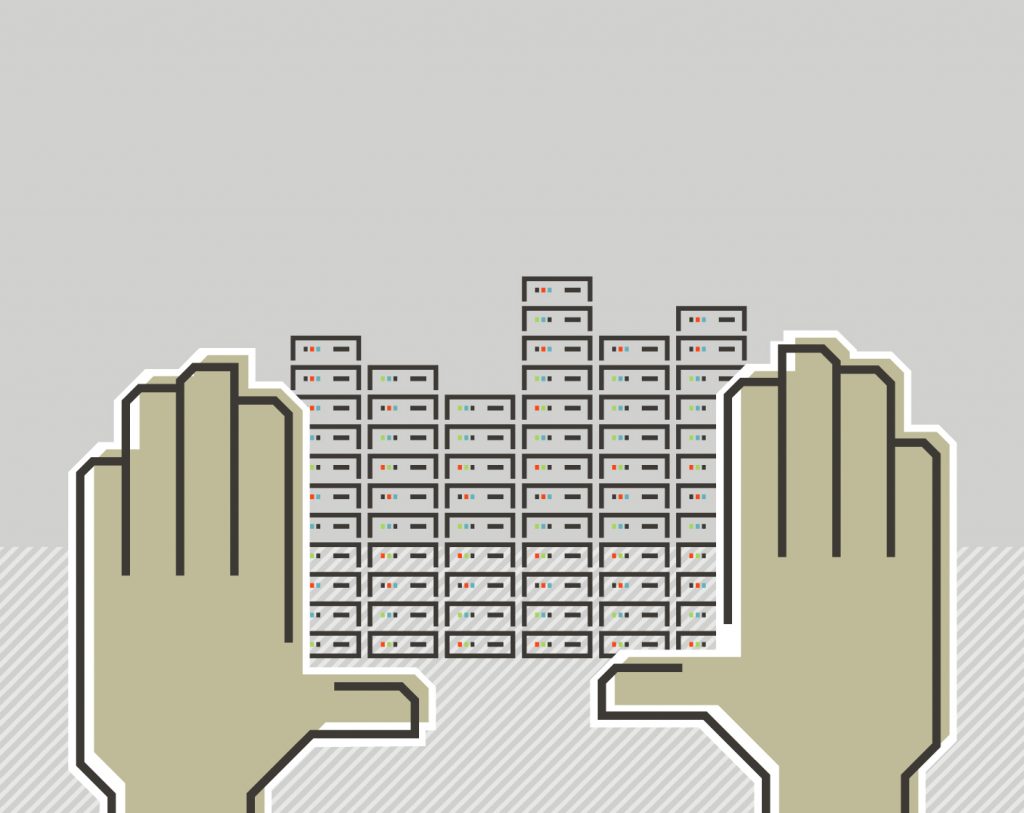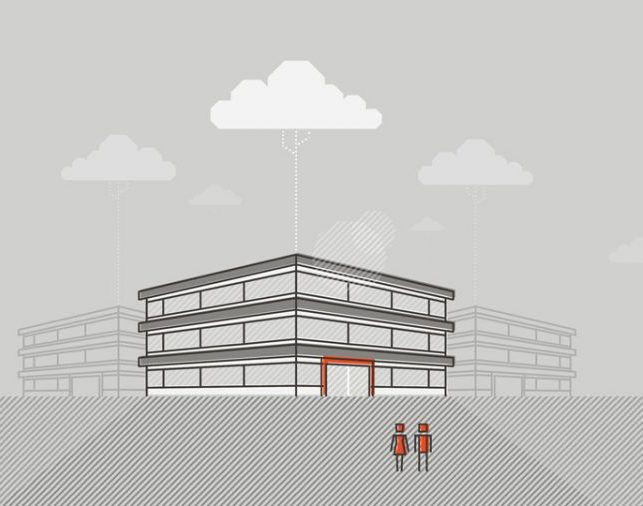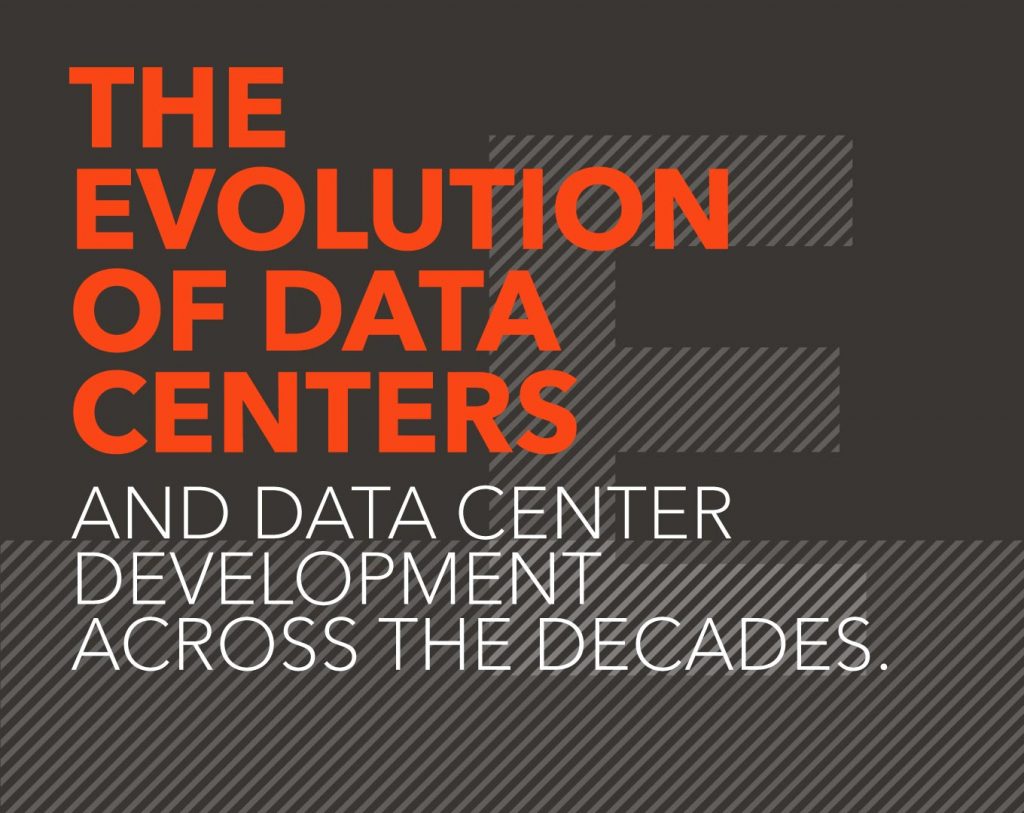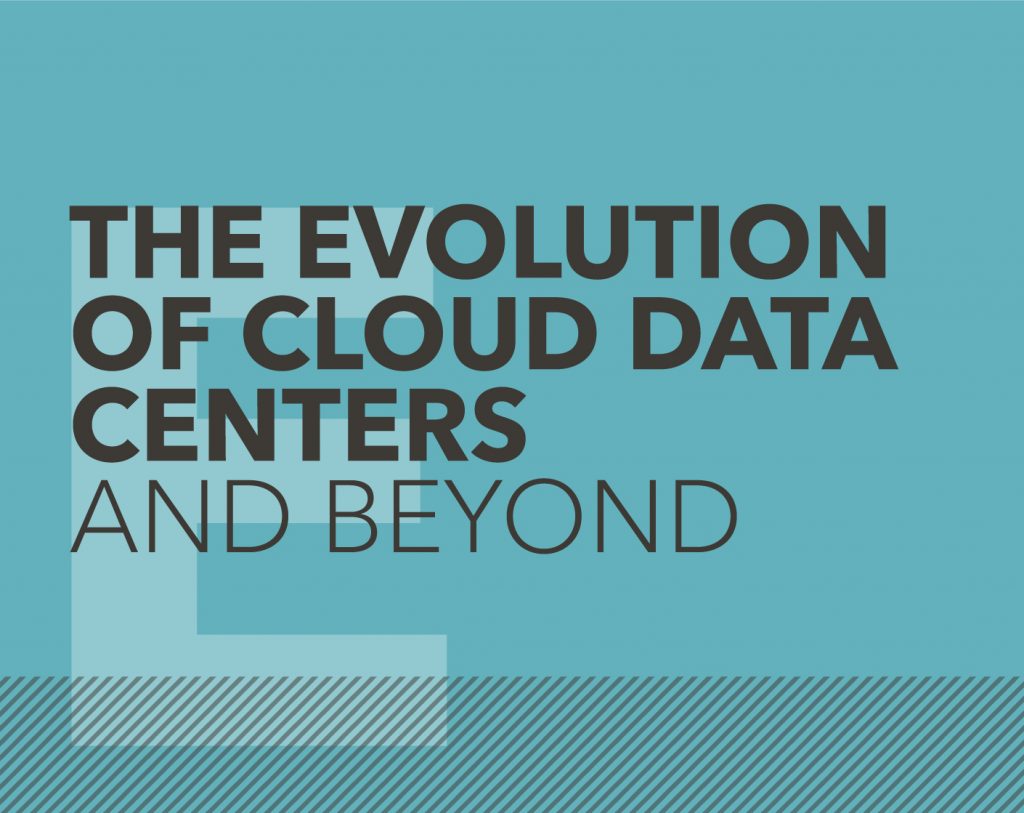A different approach
By: Paul Hood

Let’s go remote, cut our costs and save the client thousands.
I’ve been in the data center industry for over 25 years, working globally within the financial sector. The one thing I’ve always kept in mind throughout? Simplicity.
A critical environment – no matter if it’s a data center, hospital, bank or petrochemical plant – demands rigorous processes and procedures to be followed with nothing left to chance.
So the simpler the design and process, the fewer opportunities for errors.
Now, we all know there’s nothing sexy about data center operations. And you only hear about operations when something goes horribly wrong. So as we manoeuvre through the pandemic, whatever the crisis throws at us, we know any new processes and procedures we introduce need to remain simple.
Yondr as a business funds, designs, delivers, owns and operates hyperscale data centers. We work with some of the biggest technology companies in the world and their standards are matched by our own: we continually challenge conventional thinking to build a tomorrow without constraints.
Turns out that C-19 has taught us a lot about constraints – on both personal and professional levels. We need far less than we thought we did.
How many people do we really need on site?
Like many data centers, we’ve traditionally operated a continuous maintenance approach with monitoring generally done within the facility itself. Historically, we had a large number of engineers based on site in the eventuality that something failed. C-19 made us question this.
We started asking, can we undertake remote monitoring combined with non-intrusive, condition-based and predictive maintenance to allow us to schedule maintenance just in time?
With the right local, specialist subcontractors to undertake maintenance as and when required – rather than the traditional calendar-based maintenance or even fix-on-fail for non-critical items – we knew this had legs.
We started with remote monitoring
Our facility already had the capability for remote monitoring but, until this point, this capability hadn’t been fully utilised. Much like video conferencing, it was previously a nice to have and not the necessity it has now become.
But, prompted by the current situation and implementing rigorous security controls we now have the ability to monitor all critical facilities remotely on a 24/7/365 basis.
Moving from PPM to infra-red scanning and vibration analysis
As equipment becomes more reliable and more modular, there is an opportunity to look at Yondr’s maintenance regimes. For example, non-intrusive monitoring of equipment through infra-red scanning and vibration analysis.
Again, there is nothing new here but it is not used extensively in data centers. We’re now rapidly reviewing a model that reduces the amount of traditional planned preventative maintenance (PPM) with a non-intrusive, predictive maintenance approach enabled via online monitoring.
Why not fix-on-fail?
Critical environments are always designed with sufficient resilience to take the plant and equipment out of service for extensive periods of time. This means we can undertake scheduled maintenance without any impact on the client’s equipment.
Our procurement strategy has always been to use global partners who have a strong local presence in each location, so we have readily available spares and support.
With these sufficient critical spares on site, so why not use those extensive periods to replace a key component that requires changing rather than maintaining the same item over and over with a site-based team?
Combined with remote monitoring, fix-on-fail is a viable, efficient approach that harnesses local resources, minimises cost and should be seriously considered on non-critical assets, while excluding statutory maintenance and testing of life safety systems from this approach.
It ensures our teams are prepared and responsive, reduces the hands-on maintenance, needs less 24/7/365 manpower and fewer in-person interactions on site.
How can we really take care of our team?
Since Yondr began, the safety, health and welfare of our people have always been a top priority.
Operationally, we’ve ramped up the use of two-way radios to keep our team socially distanced but at the same time connected to their fellow team members and a remote security team. A simple but meaningful alternative that’s benefiting all, so even those lone-working on low-risk tasks aren’t ever really alone.
‘tomorrow without constraints’
This global pandemic has shown how much excess we have around the fundamentals of operations. But the truth is, smarter, streamlined approaches don’t jeopardise critical environments – they improve them.
This new approach asks a lot of the industry – the way a traditional contract is shaped would need to change to accommodate these approaches. And that’s what we prepare ourselves for next. Lockdown has been a catalyst for innovation. Will it continue to be?



